This is a truly revolutionary technology that needs to be implemented all over.
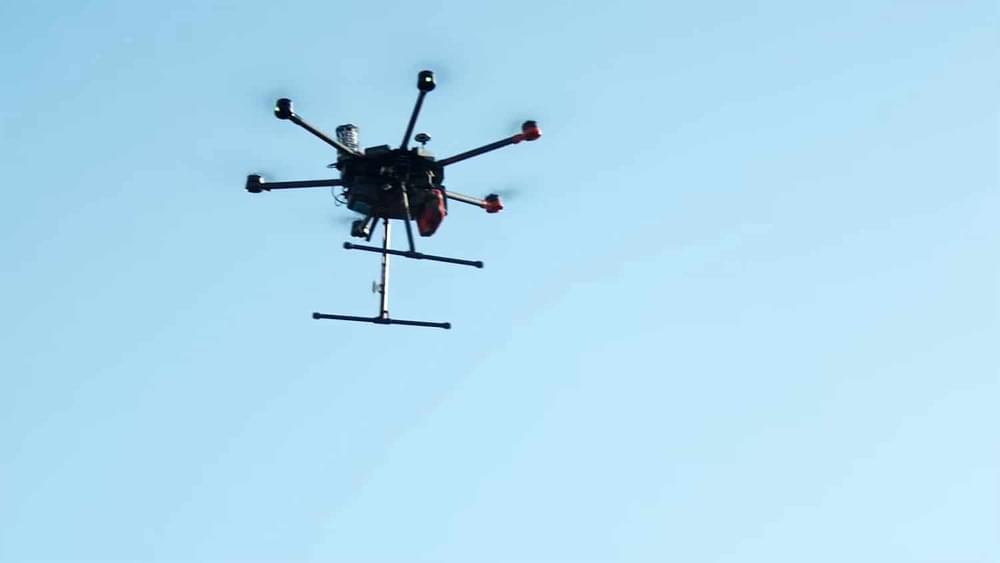

This is a truly revolutionary technology that needs to be implemented all over.
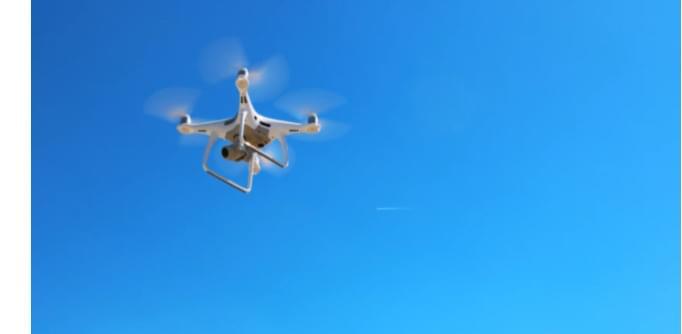
Stop breadboarding and soldering – start making immediately! Adafruit’s Circuit Playground is jam-packed with LEDs, sensors, buttons, alligator clip pads and more. Build projects with Circuit Playground in a few minutes with the drag-and-drop MakeCode programming site, learn computer science using the CS Discoveries class on code.org, jump into CircuitPython to learn Python and hardware together, TinyGO, or even use the Arduino IDE. Circuit Playground Express is the newest and best Circuit Playground board, with support for CircuitPython, MakeCode, and Arduino. It has a powerful processor, 10 NeoPixels, mini speaker, InfraRed receive and transmit, two buttons, a switch, 14 alligator clip pads, and lots of sensors: capacitive touch, IR proximity, temperature, light, motion and sound. A whole wide world of electronics and coding is waiting for you, and it fits in the palm of your hand.
Join 32,000+ makers on Adafruit’s Discord channels and be part of the community! http://adafru.it/discord
Have an amazing project to share? The Electronics Show and Tell is every Wednesday at 7pm ET! To join, head over to YouTube and check out the show’s live chat – we’ll post the link there.
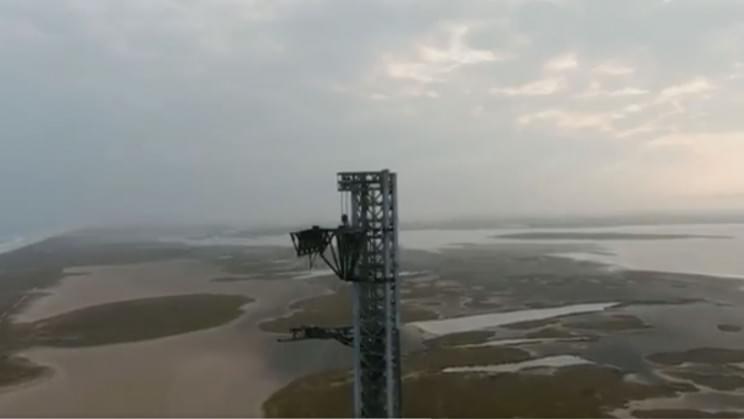
But the catch function still needs some work.
Elon Musk has posted the first glimpse of the company’s famous tower that will not only launch SpaceX’s next rocket but also help in catching it as it returns back to Earth. He shared the drone footage of the tower with his followers on Twitter on Sunday.
SpaceX’s Starship is probably one of the company’s riskiest projects. While the success of the rocket can send humans to the Moon and beyond, its failure or even delays in its deployment might cause the company to go into bankruptcy. As Musk had told employees last year, Starship must get firing and launch commercial missions by 2022.
Helping it launch frequently is a nifty design trick that SpaceX is attempting and the launch and catch tower is critical to executing it. Unlike the Falcon 9 rockets that SpaceX reuses by landing it back on Earth, Starship’s Heavy Booster rocket does not have landing legs.
Full Story:

Recharging Drones in only 45 minutes.
Recently, Autel Robotics released a new drone charging platform that allows drones to take on multiple recursive missions independent of weather across a wide variety of industrial applications, including industrial energy inspection, natural disaster monitoring, and more.
But another tilt-rotor VTOL drone from Autel can transition to a “fixed-wing” mode, and “scout areas after a hurricane, with a lot of different really high-end camera options,” said John Simmons, a representative for Autel Robotics at the CES 2022 exhibit.
The drone charging platform is called EVO Nest, while the long-range, fixed-wing VTOL is called the “Dragonfish” series. And it could simplify the energy needs of visual surveillance, monitoring, and public service.
Full Story:
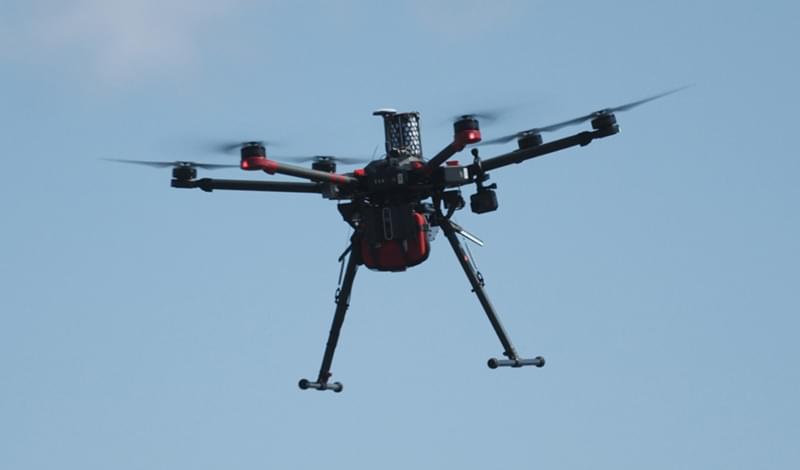
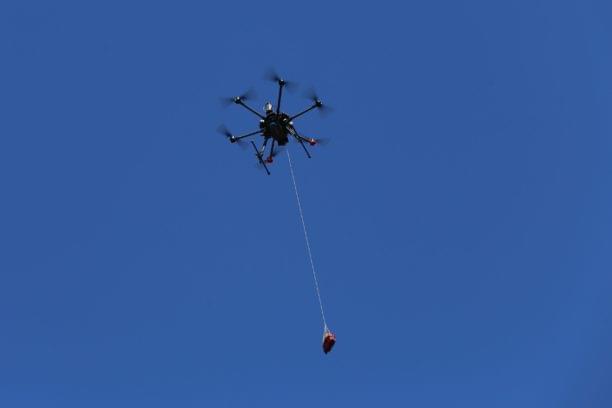
An autonomous drone delivers a defibrillator – and saves the life of a cardiac arrest patient. Swedish drone company Everdrone says it’s a medical history first – but the grateful patient says that it’s a technology that should be used everywhere.
For heart attack patients, seconds count: the minutes that an ambulance can take to reach a patient in cardiac arrest can mean the difference between life and death. Autonomous drones offer a game-changing solution. Autonomous drone specialists Everdrone operate the drone delivery system in Region Västra Götaland, supported by Vinnova, Swelife and Medtech4Health. Their innovative solution has been developed with Center for Resuscitation Science at Karolinska Institutet, SOS Alarm and Region Västra Götaland.
Now, the technology can claim a life saved. In Trollhättan, Sweden on December 92,021, an Everdrone autonomous drone delivered a defibrillator that helped save the life of a 71-year-old man.

Indiana-based startup DRONEDEK has developed a smart mailbox that can automatically receive and protect goods from delivery drones.

When thinking of the power of the Ingenuity drone on Mars, which has done more than a dozen flights on the Red Planet to scout ahead of the Perseverance rover, imagine what it would be like to fly a similar machine over the moon.
But without a substantial atmosphere to speak of — the moon is essentially “airless” — such a hovering drone needs a completely different way to stay above ground than on Mars. The early-stage design, being developed at the Massachusetts Institute of Technology, proposes using the moon’s static charge to keep the vehicle flying.
The moon’s electrical properties are well-known to science, as it produces such qualities as hovering dust — especially at the line of daylight and darkness. Small rovers on the moon haven’t been used yet at all, although we have seen a few on the Japanese Hayabusa2 mission to asteroid Ryugu.
“That spacecraft operated around a small asteroid and deployed small rovers to its surface,” lead author Oliver Jia-Richards, a graduate student in MIT’s department of aeronautics and astronautics, said in a statement. “Similarly, we think a future [moon] mission could send out small hovering rovers to explore the surface of the moon and other asteroids.”
Full Story:
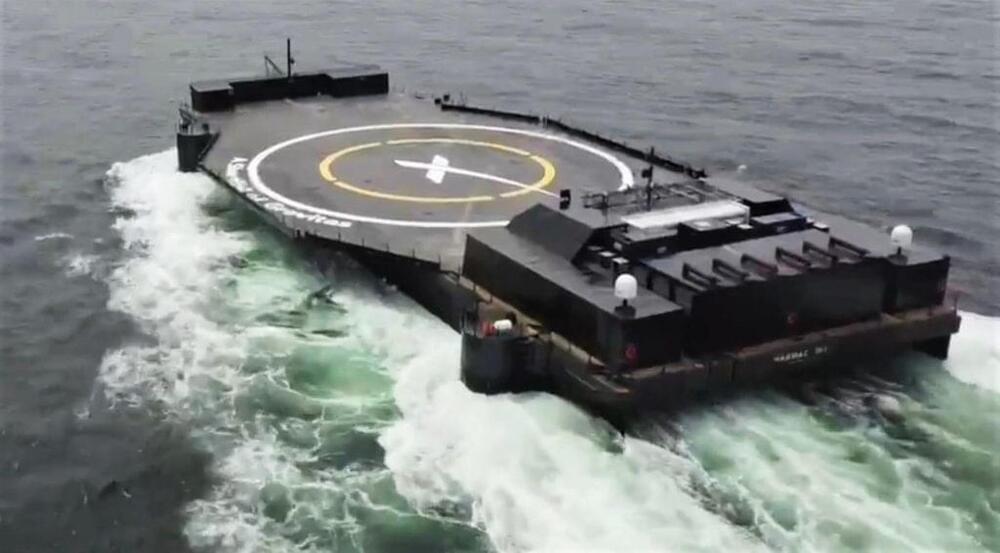
SpaceX drone ship Of Course I Still Love You (OCISLY) departed Port Canaveral on January 1st, heading to sea on the first day of the year for SpaceX’s first launch of 2022.
With a launch manifest that’s never been more jam-packed and seemingly achievable, it’s no surprise that SpaceX is wasting no time kicking off what could be its third record-breaking year in a row. Barring delays, drone ship ASOG will arrive about 640 km (400 mi) downrange at its recovery site – just northeast of the Bahamas – a day or two before Falcon 9’s first launch and landing attempt of the year. Known as Starlink 4–5 (Group 4 Launch 5) and scheduled to lift off no earlier than (NET) 4:49 pm EST (21:49 UTC), Thursday, January 6th, it will be SpaceX’s 34th dedicated Starlink launch since May 2019.
Perhaps more importantly, if the mission goes to plan and doesn’t have rideshare payloads, SpaceX will start 2022 having just launched its 1997th Starlink satellite, including two prototypes that came to be known as Tintin A and B and kicked off the constellation’s in-space hardware testing phase in February 2018. Excluding all prototypes, Starlink 4–5 will mark the launch of more than 1900 (1922) nominally operational Starlink satellites.
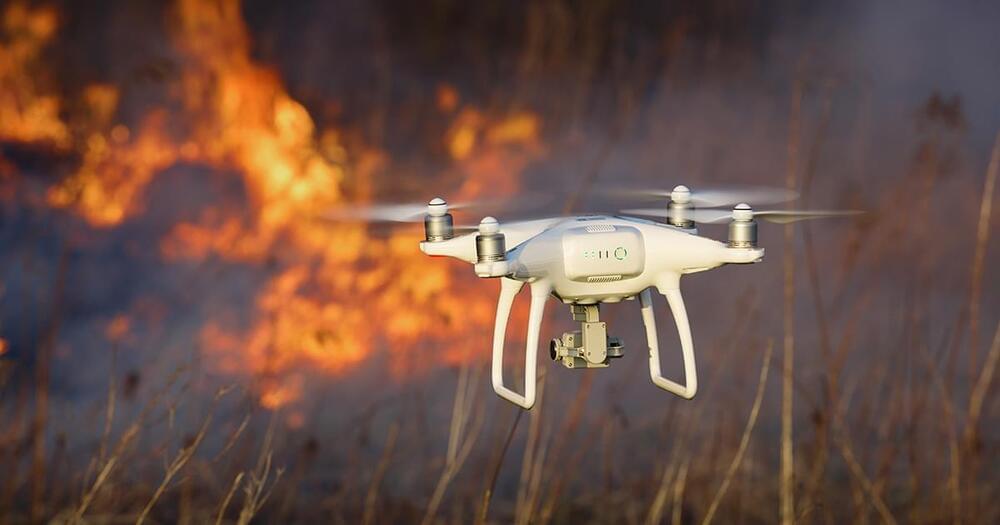
To help first responders find people during disasters, researchers are training a search and rescue drone to listen for human screams — and then locate their source.
Help from above: Drones are proving incredibly useful for search and rescue operations. If a person is lost, sending a drone over an area to look for them is faster than trying to cover the same ground with people or dogs.
It’s also safer to use a search and rescue drone if the person happens to be trapped in a disaster zone, such as the site of a wildfire or in a collapsed building.